 Facebook
Facebook
 X
X
 Instagram
Instagram
 TikTok
TikTok
 Youtube
Youtube

Back in 1963, Shipek says, the Jamul band asked her to assist them in establishing their California Indian ancestry. “I took oral histories from some of the tribe’s elders and other Kumeyaay elders, and also examined the limited records that existed. From this, I constructed family trees for only the persons whom I was able to determine belonged to the Jamul band ” After a lengthy congressional battle, the Jamul Indian Village received formal recognition in December 1981.
By Melinda Powelson, Jan. 20, 1994 | Read full article
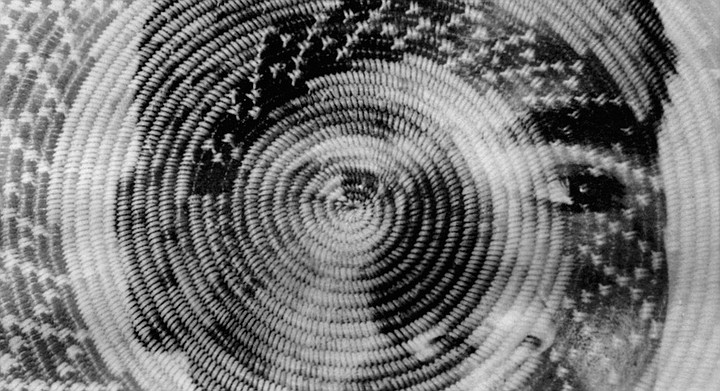
The fact that the records of anthropologists like Davis and Shipek may help revive old traditions is the irony of repatriation. “Should we be going to a non-Indian to learn about our own culture?” Salazar asks. “Does that make any sense? No” But it’s a process made necessary by the fact, he says, that these artifacts have long been the property of outsiders, who could afford to buy or trade them.
By Laura McNeal, Aug. 31, 1995 | Read full article

"To put it in perspective, we have no groundwater-dependent golf courses within San Diego County, with only a couple of exceptions. One is in Warner Springs, but that is a huge groundwater basin. And we have a number of golf courses that are groundwater dependent in Borrego Valley. The deal is, the ground in the Barona area, there's some water in it, but it's pretty limited in terms of storage.”
By Ernie Grimm, Sep. 28, 2000 | Read full article
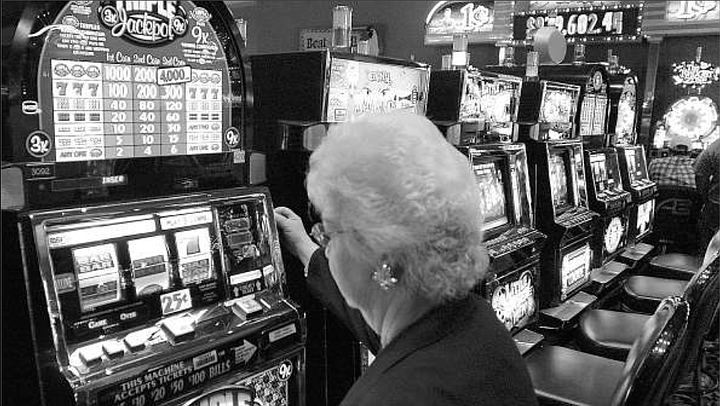
Along with the 2000 slot-machine maximum, the compact placed limits on the table games the Indian casinos could offer. "We do not have any dice games, so no craps," Symington explained. "We can't have baccarat, roulette, and that kind of stuff. It doesn't make sense, but we don't have them." Gaming-wise, the absence of those table games is the only difference between local Indian casinos and Las Vegas casinos.
By Ernie Grimm, April 29, 2004 | Read full article
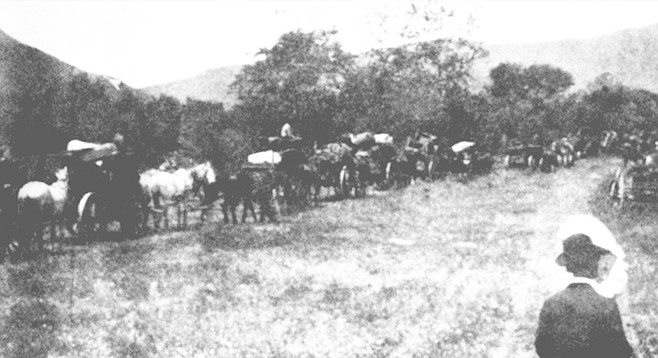
"We tried to have a respectful pow-wow," agrees John Rouillard, head of American Indian Studies at San Diego State. "There's a definite trend, starting probably with the Alcatraz takeover in 1969, of young Indians wanting to go back to tribal work. It's very inspiring. Tribalism, you see, is the heart and soul of the Indian community. It provides a spiritual alternative to the materialism of the society."
By David Helvarg, April 21, 1977 | Read full article
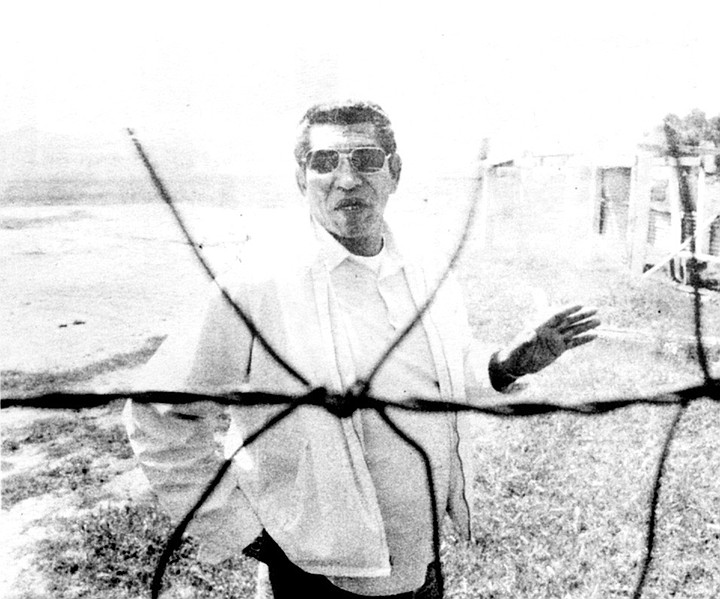
“The American Indian is one of the most persecuted races in the history of the world. Indians on this [ViejasJ reservation, I would say, have a very negative attitude — about everything. They always talk down, they don’t talk up. In my opinion, this comes from (the white man) trying to annihilate us, because at one time we were a very positive people, our oral history tells us we were a very loving people, kind, harmonious.”
By Amy Chu, June 10, 1982 | Read full article
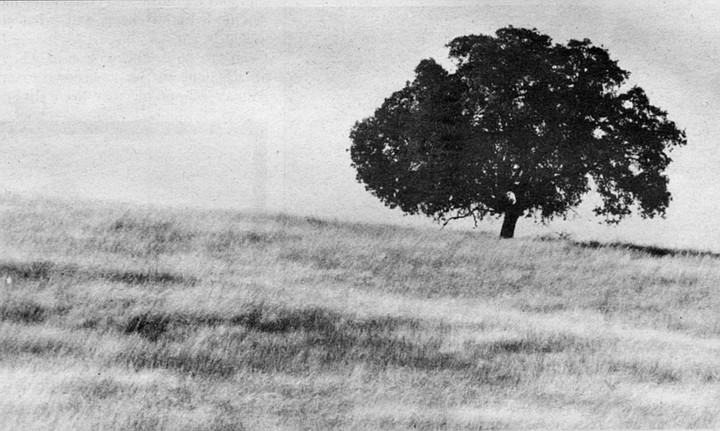
Ponchetti went to the Viejas reservation to see old Sam Brown, his elder by twenty-five years, and asked Brown's advice. Sam Brown listened to Ponchetti's explanation of the situation, then answered, “Don't dig up the bones! Leave them there! They can't hurt those spirits by covering them with water. The spirits can go right up through that water if they want to." And that was the advice Ponchetti passed on to the tribal council.
By Steve Sorensen, Nov. 7, 1985 | Read full article
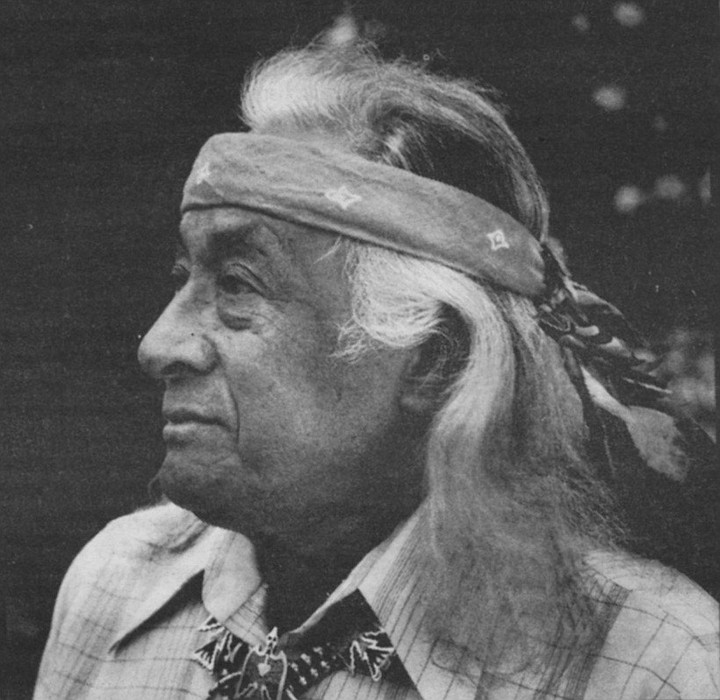
If the sick man had a lot to confess, Henry says the ceremony could go on for two or three days. Besides petty thefts, there might have been marital infidelities, witchcraft, or thinking ill of a neighbor. The person who had been wronged was forbidden to seek revenge. The person giving his confession might allow himself to be whipped or verbally abused during the ceremony, but if anybody tried to seek revenge on him after the ceremony was over.
By Steve Sorensen, Apr. 14, 1988 | Read full article
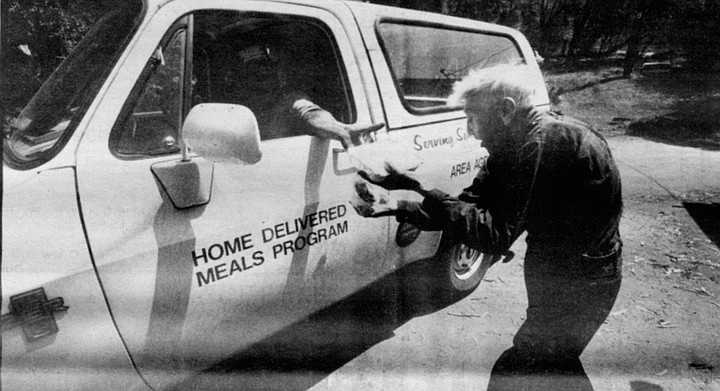
Foster slams the groaning old Blazer up and down the eroded dirt roads.He knows precisely when to swerve right to avoid a bad rut, when to tromp on the gas to fly over a sand hole Most of the homes on the reservations have no addresses posted out front, but Foster knows by heart where everybody lives. Not only does he know where everybody lives, he knows their age, their ailments, and their personal tragedies.
By Steve Sorensen, Aug. 16, 1990 | Read full article


Back in 1963, Shipek says, the Jamul band asked her to assist them in establishing their California Indian ancestry. “I took oral histories from some of the tribe’s elders and other Kumeyaay elders, and also examined the limited records that existed. From this, I constructed family trees for only the persons whom I was able to determine belonged to the Jamul band ” After a lengthy congressional battle, the Jamul Indian Village received formal recognition in December 1981.
By Melinda Powelson, Jan. 20, 1994 | Read full article

The fact that the records of anthropologists like Davis and Shipek may help revive old traditions is the irony of repatriation. “Should we be going to a non-Indian to learn about our own culture?” Salazar asks. “Does that make any sense? No” But it’s a process made necessary by the fact, he says, that these artifacts have long been the property of outsiders, who could afford to buy or trade them.
By Laura McNeal, Aug. 31, 1995 | Read full article

"To put it in perspective, we have no groundwater-dependent golf courses within San Diego County, with only a couple of exceptions. One is in Warner Springs, but that is a huge groundwater basin. And we have a number of golf courses that are groundwater dependent in Borrego Valley. The deal is, the ground in the Barona area, there's some water in it, but it's pretty limited in terms of storage.”
By Ernie Grimm, Sep. 28, 2000 | Read full article

Along with the 2000 slot-machine maximum, the compact placed limits on the table games the Indian casinos could offer. "We do not have any dice games, so no craps," Symington explained. "We can't have baccarat, roulette, and that kind of stuff. It doesn't make sense, but we don't have them." Gaming-wise, the absence of those table games is the only difference between local Indian casinos and Las Vegas casinos.
By Ernie Grimm, April 29, 2004 | Read full article

"We tried to have a respectful pow-wow," agrees John Rouillard, head of American Indian Studies at San Diego State. "There's a definite trend, starting probably with the Alcatraz takeover in 1969, of young Indians wanting to go back to tribal work. It's very inspiring. Tribalism, you see, is the heart and soul of the Indian community. It provides a spiritual alternative to the materialism of the society."
By David Helvarg, April 21, 1977 | Read full article

“The American Indian is one of the most persecuted races in the history of the world. Indians on this [ViejasJ reservation, I would say, have a very negative attitude — about everything. They always talk down, they don’t talk up. In my opinion, this comes from (the white man) trying to annihilate us, because at one time we were a very positive people, our oral history tells us we were a very loving people, kind, harmonious.”
By Amy Chu, June 10, 1982 | Read full article

Ponchetti went to the Viejas reservation to see old Sam Brown, his elder by twenty-five years, and asked Brown's advice. Sam Brown listened to Ponchetti's explanation of the situation, then answered, “Don't dig up the bones! Leave them there! They can't hurt those spirits by covering them with water. The spirits can go right up through that water if they want to." And that was the advice Ponchetti passed on to the tribal council.
By Steve Sorensen, Nov. 7, 1985 | Read full article

If the sick man had a lot to confess, Henry says the ceremony could go on for two or three days. Besides petty thefts, there might have been marital infidelities, witchcraft, or thinking ill of a neighbor. The person who had been wronged was forbidden to seek revenge. The person giving his confession might allow himself to be whipped or verbally abused during the ceremony, but if anybody tried to seek revenge on him after the ceremony was over.
By Steve Sorensen, Apr. 14, 1988 | Read full article

Foster slams the groaning old Blazer up and down the eroded dirt roads.He knows precisely when to swerve right to avoid a bad rut, when to tromp on the gas to fly over a sand hole Most of the homes on the reservations have no addresses posted out front, but Foster knows by heart where everybody lives. Not only does he know where everybody lives, he knows their age, their ailments, and their personal tragedies.
By Steve Sorensen, Aug. 16, 1990 | Read full article
Comments